US President Donald Trump is now intending to triple down on his trade actions against China. He has just ordered the Trade Representative to consider tariffs on additional USD 100b in Chinese imports, in addition to the USD 50b list of 1300 product lines. In his own statement, Trump condemned China’s retaliation as “unfair” to “harm our farmers and manufacturers”. He also ordered the Secretary of Agriculture to “implement a plan to protect our farmers and agricultural interests”. USTR Robert Lighthizer supported Trump’s proposal and said it’s an “appropriate response” to China’s recent threat of new tariffs.
Below are the statements from Trump and Lighthizer:
Statement from President Donald J. Trump on Additional Proposed Section 301 Remedies
Following a thorough investigation under section 301 of the Trade Act of 1974, the United States Trade Representative (USTR) determined that China has repeatedly engaged in practices to unfairly obtain America’s intellectual property. The practices detailed in the USTR’s investigation have caused concern around the world. China’s illicit trade practices − ignored for years by Washington − have destroyed thousands of American factories and millions of American jobs. On April 3, 2018, the USTR announced approximately $50 billion in proposed tariffs on imports from China as an initial means to obtain the elimination of policies and practices identified in the investigation.
Rather than remedy its misconduct, China has chosen to harm our farmers and manufacturers. In light of China’s unfair retaliation, I have instructed the USTR to consider whether $100 billion of additional tariffs would be appropriate under section 301 and, if so, to identify the products upon which to impose such tariffs. I have also instructed the Secretary of Agriculture, with the support of other members of my Cabinet, to use his broad authority to implement a plan to protect our farmers and agricultural interests.
Notwithstanding these actions, the United States is still prepared to have discussions in further support of our commitment to achieving free, fair, and reciprocal trade and to protect the technology and intellectual property of American companies and American people. Trade barriers must be taken down to enhance economic growth in America and around the world. I am committed to enabling American companies and workers to compete on a level playing field around the world, and I will never allow unfair trade practices to undermine American interests.
USTR Robert Lighthizer Statement on the President’s Additional Section 301 Action
“President Trump is proposing an appropriate response to China’s recent threat of new tariffs. After a detailed investigation, USTR found overwhelming evidence that China’s unreasonable actions are harming the U.S. economy. In the light of such evidence, the appropriate response from China should be to change its behavior, as China’s government has pledged to do many times. Economies around the world – including China’s own – would benefit if China would implement policies that truly reward hard work and innovation, rather than continuing its policies that distort the vital high-tech sector.
“Unfortunately, China has chosen to respond thus far with threats to impose unjustified tariffs on billions of dollars in U.S. exports, including our agricultural products. Such measures would undoubtedly cause further harm to American workers, farmers, and businesses. Under these circumstances, the President is right to ask for additional appropriate action to obtain the elimination of the unfair acts, policies, and practices identified in USTR’s report.”
Any additional tariffs proposed will be subject to a similar public comment process as the proposed tariffs announced on April 3, 2018. No tariffs will go into effect until the respective process is complete.




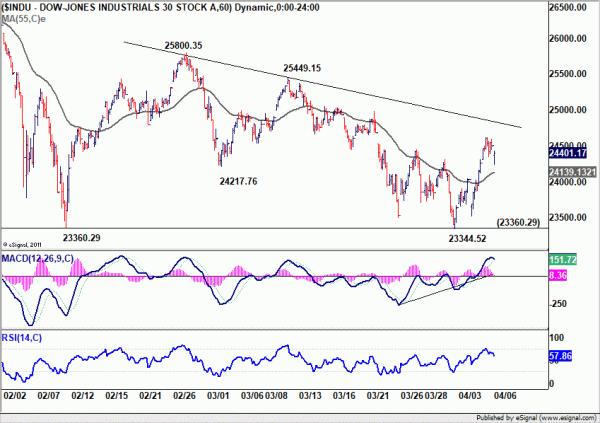
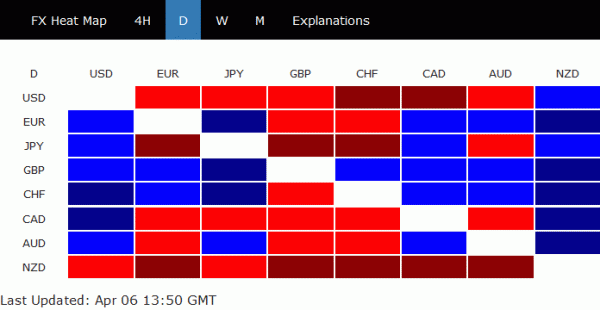
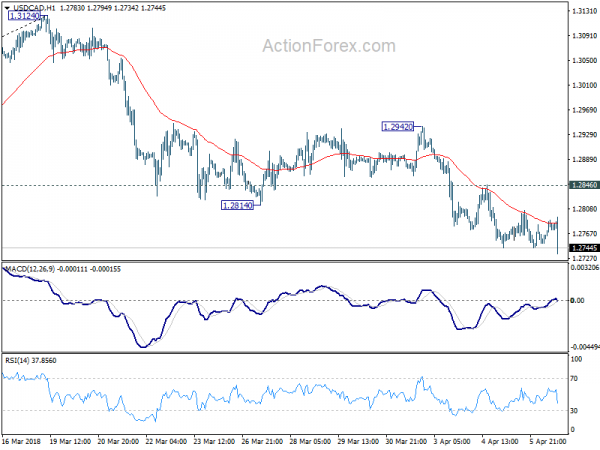
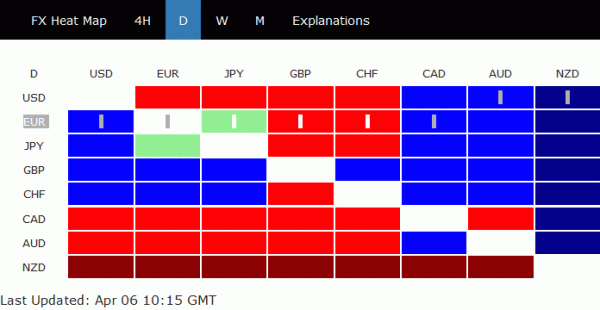
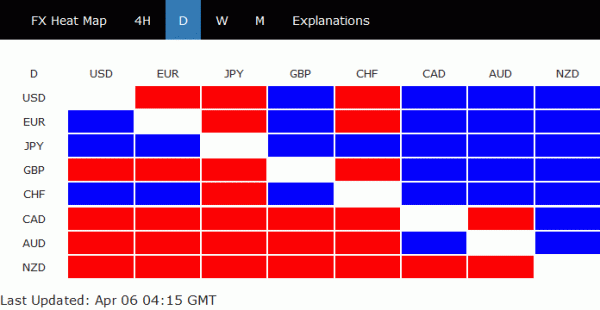
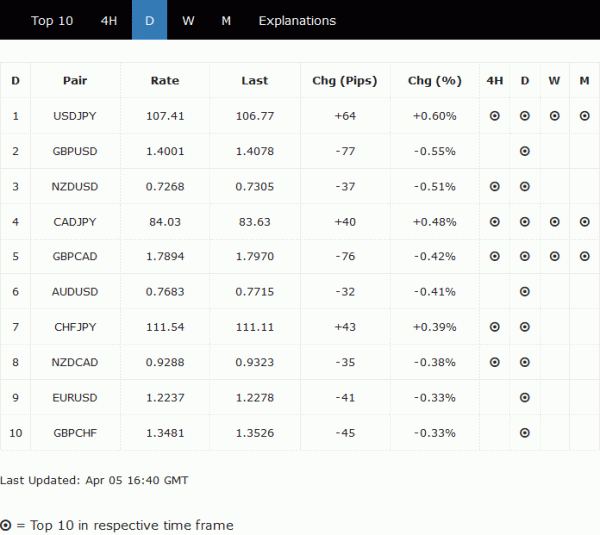
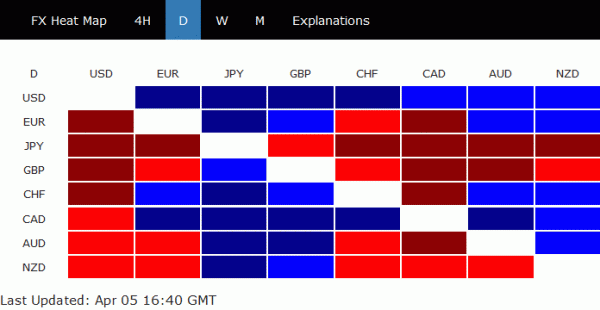
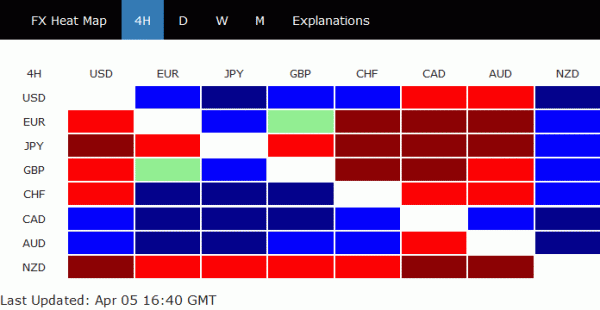
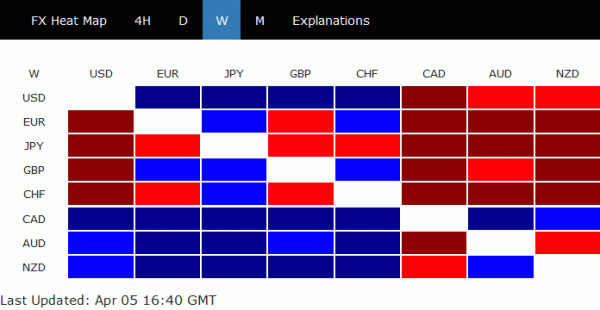
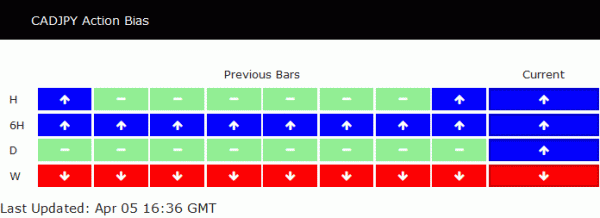
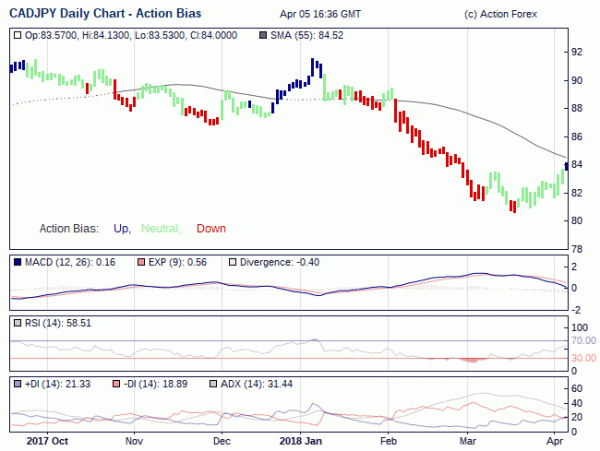
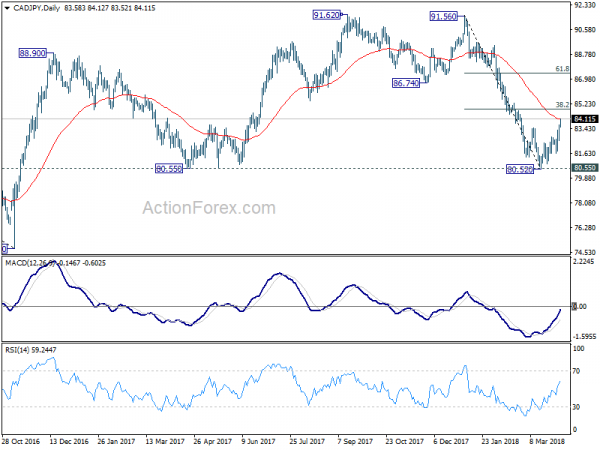
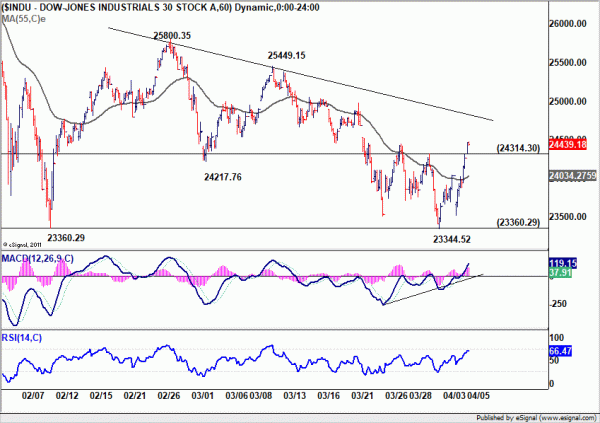
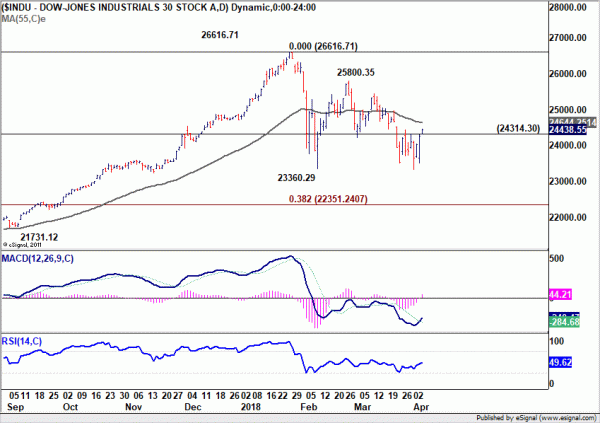
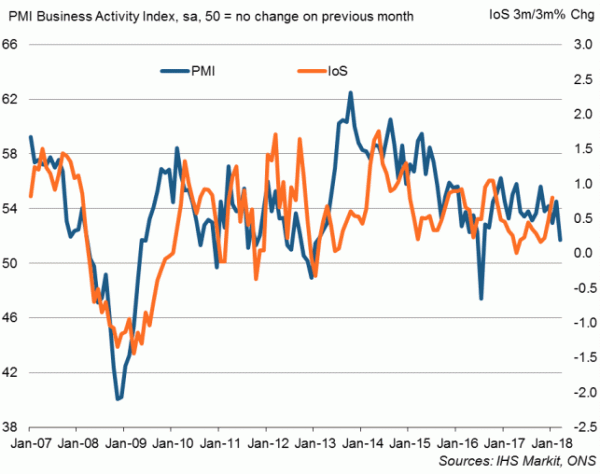
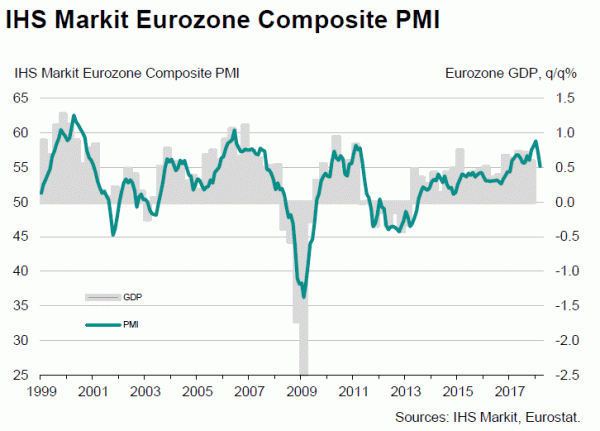

Fed Kashkari: Trade war uncertainty scaring people a little bit
Minneapolis Fed President Neel Kashkari urged fed policy makers “should all be paying attention” to the escalation in trade tension between Trump and China. For now, “it’s too soon for any of us to judge” and “none of us knows how to weigh the probability of these different outcomes.” And, “how that washes out in overall inflation I think is hard to judge.”
He said the impact to the economy is unknown for the moment as “this could be a lot of chest pounding”. Or, “it could lead to a trade war.” The end results, even something in the middle as usual during negotiations, could prompt business and investors to “pull back” and that could impact economic growth. Also, “the impact on Main Street is going to be seen over the long term.”
Kashkari also noted that “uncertainty I think is scaring people a little bit.”